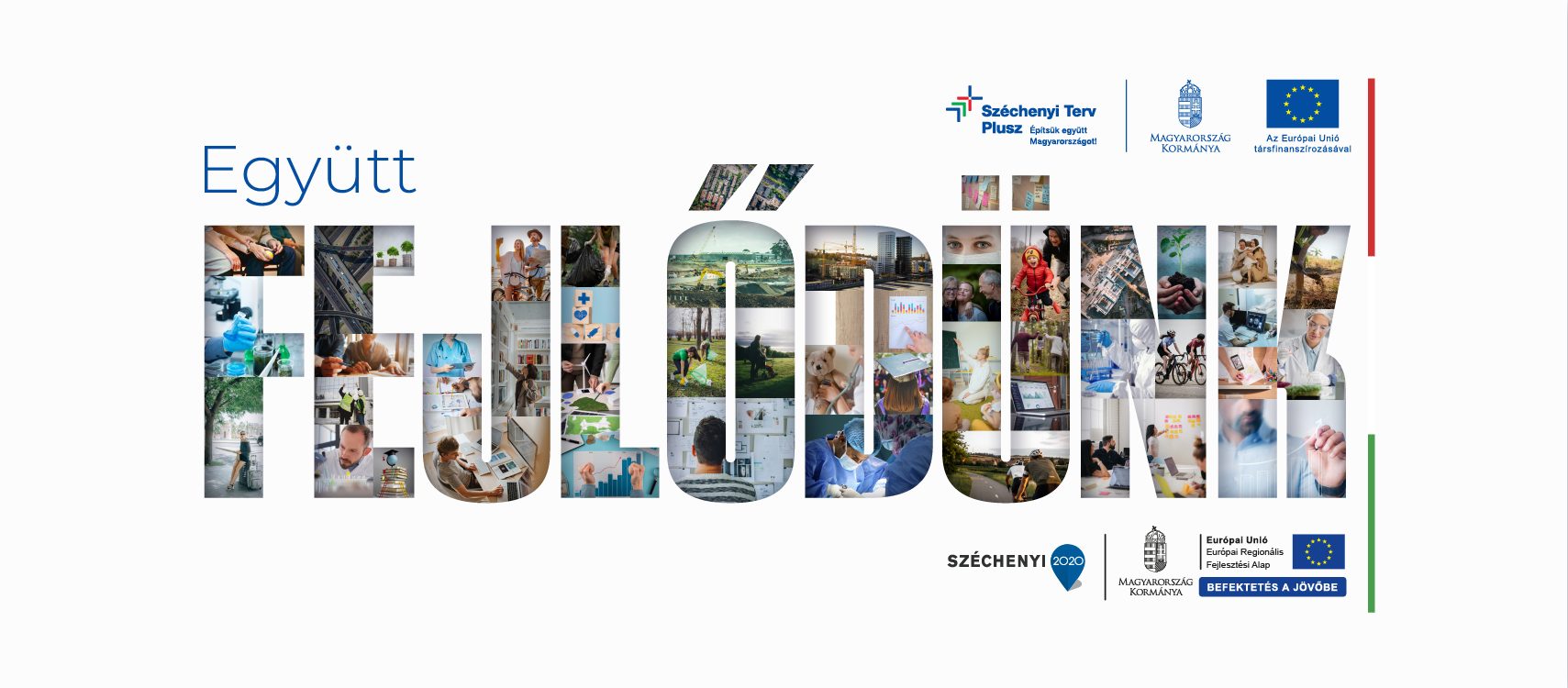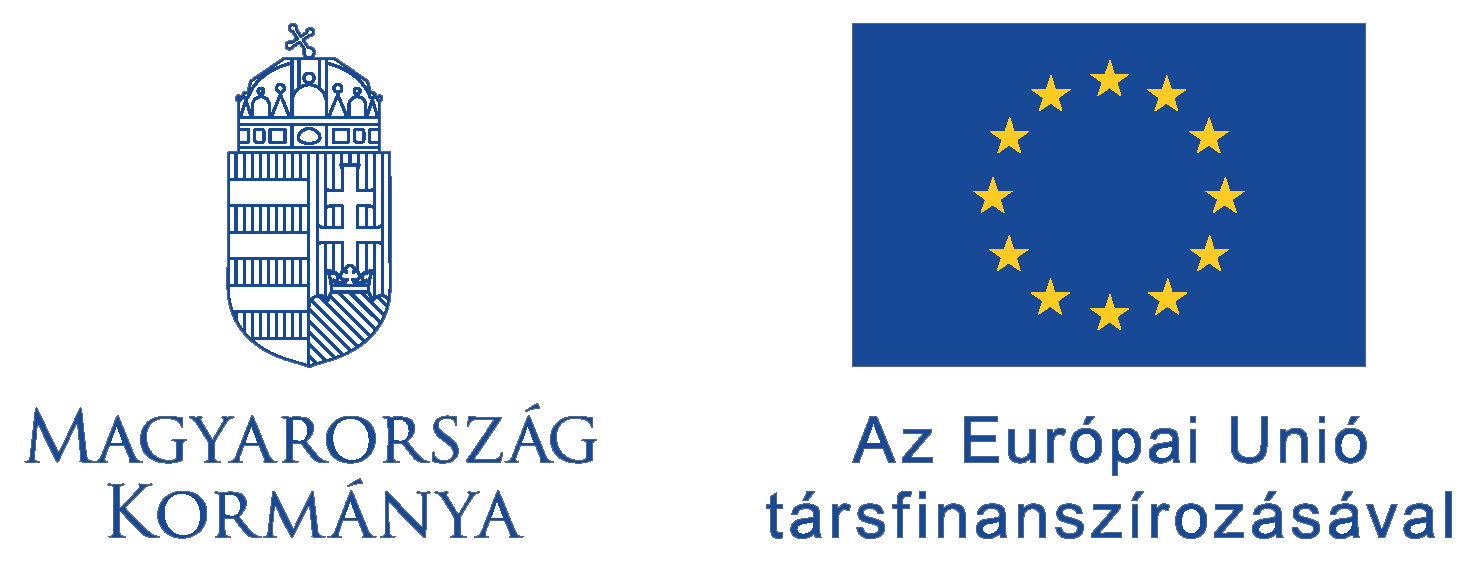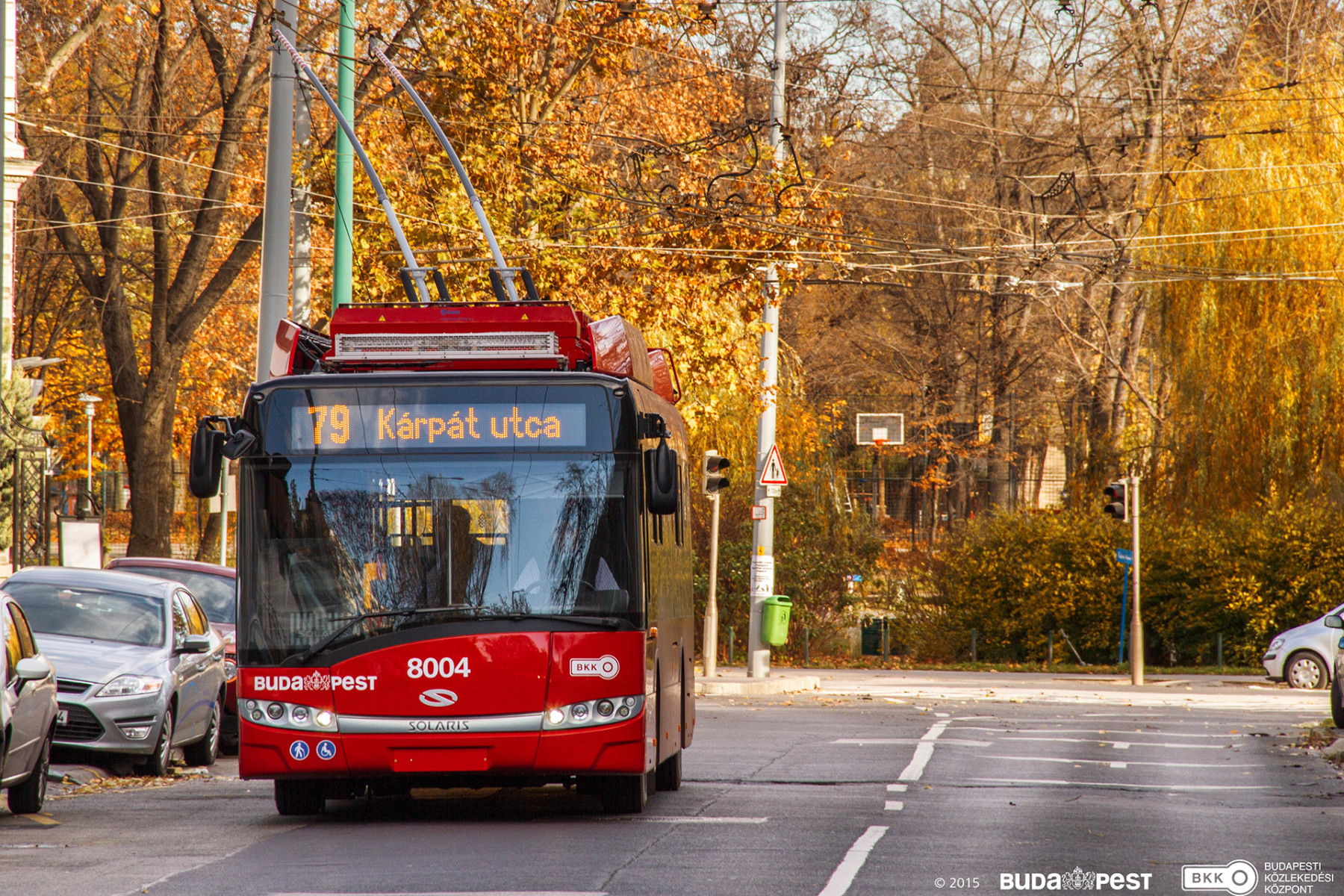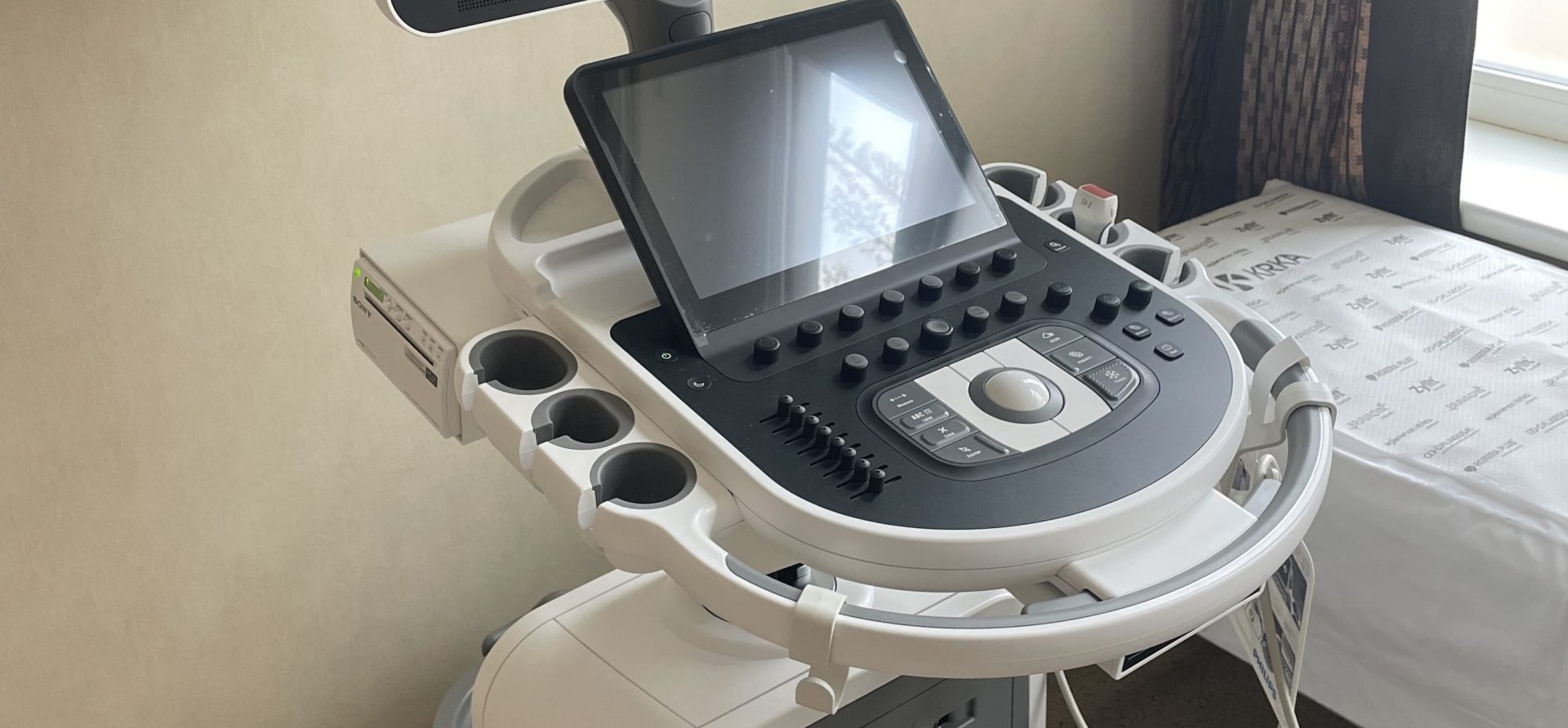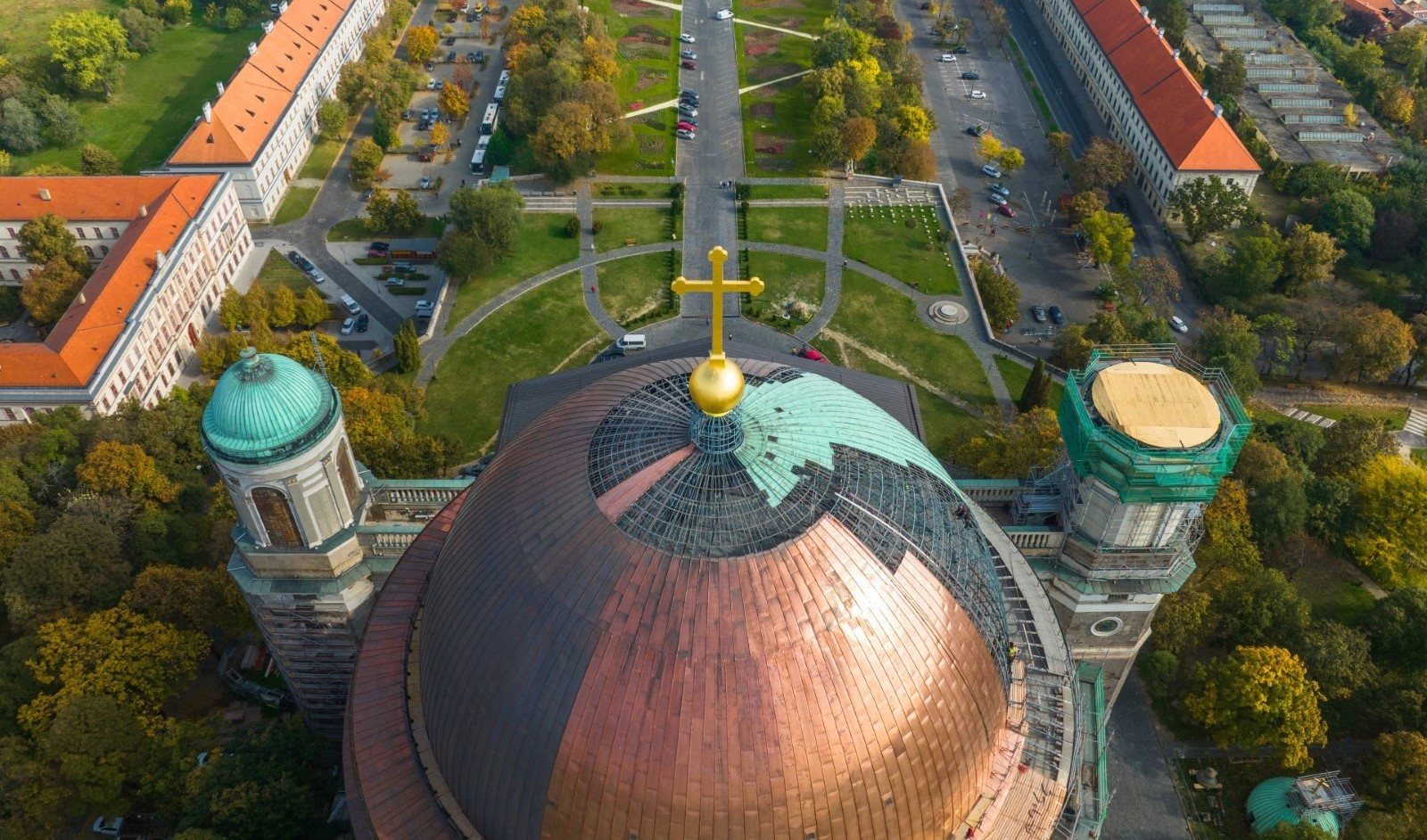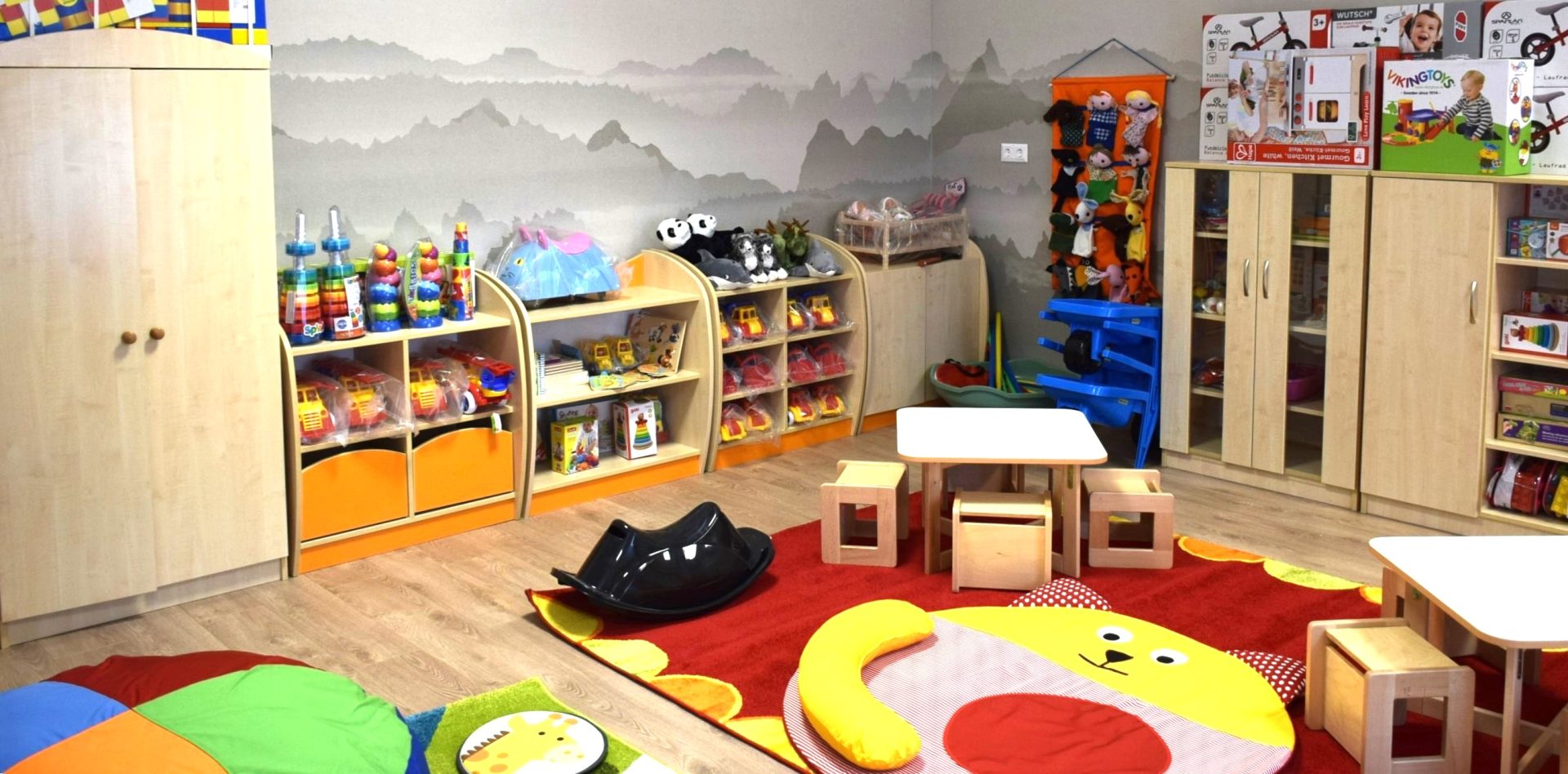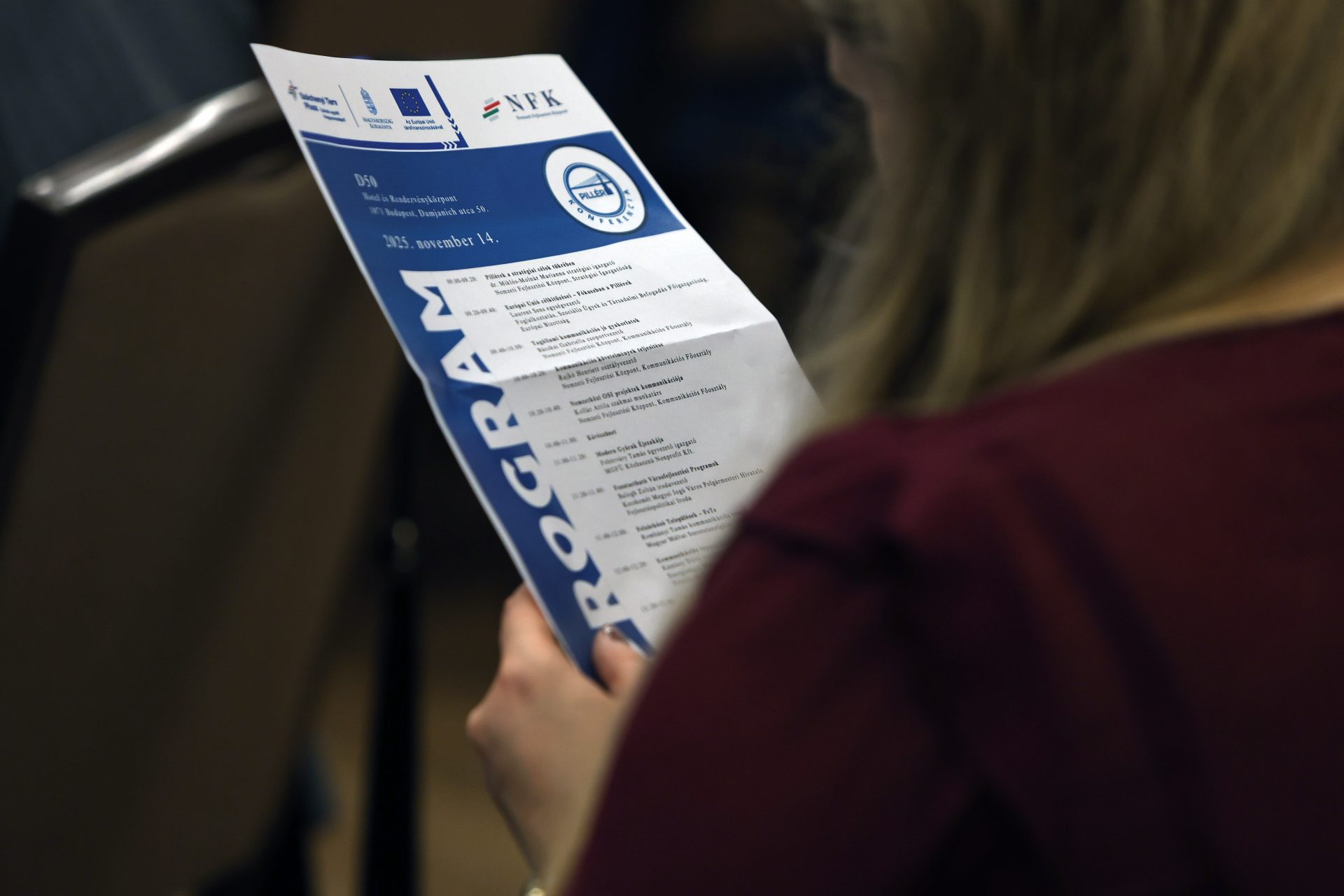Twenty-one modern, energy-efficient trolleybuses were purchased by the Budapest Transport Centre Plc. (BKK) during the 2014 to 2020 European Union funding period, from one of the grants obtained in the Széchenyi 2020 Integrated Transport Development Operational Programme. A key consideration in the procurement was that the new vehicles be barrier-free, hence only low-floor trolleys were purchased, while also paying great attention to passenger-friendly design, dynamic passenger information, reliability, and safety.
In Budapest, the first comprehensive transport system development plan was completed more than twenty years ago, in 2001, which has since been expanded and updated several times, currently covering the professional directions of transport development until 2030. The vehicle development program’s second phase included the EU-funded investment, which enabled the acquisition of twenty-one new trolleys meeting modern requirements and expectations for the city’s transport company.
The project involved the purchase of ten smaller – or solo – and eleven articulated Solaris-Škoda vehicles, all meeting the earlier objectives. However, before the trolleybuses could be put into operation, it was necessary to replace the overhead lines on the critical sections of Dózsa György Road. This was followed by a test run without passengers: the first vehicle taken into traffic had to complete five hundred kilometres flawlessly, and each of the others had to complete one hundred each. This applied to both the smaller vehicles and the articulated trolleys.
After the test period, the brand-new Solaris-Škoda trolleybuses, now in operation, provide comfortable and quality transportation. Each vehicle is low-floor, allowing passengers with limited mobility and those with strollers to travel without difficulty. Dynamic passenger information also serves the satisfaction of those choosing public transport.
Each vehicle, equipped with efficient air conditioning and heating systems, is fitted with cameras capable of recording motion, enhancing passenger safety and aiding in the prevention and identification of intentional damage.
The trolleys can travel at least four kilometres without overhead lines, using their own power source, so a possible power outage, a section of road without overhead lines, or even a route diversion will not disrupt public transport. This allows the fleet to modify the network partially independently from the already established infrastructure if necessary.
The development was implemented from EU funding in the project IKOP-3.1.0-15-2017-00016 under the Integrated Transport Development Operational Programme.
More details can be found in the supported project search:Details
